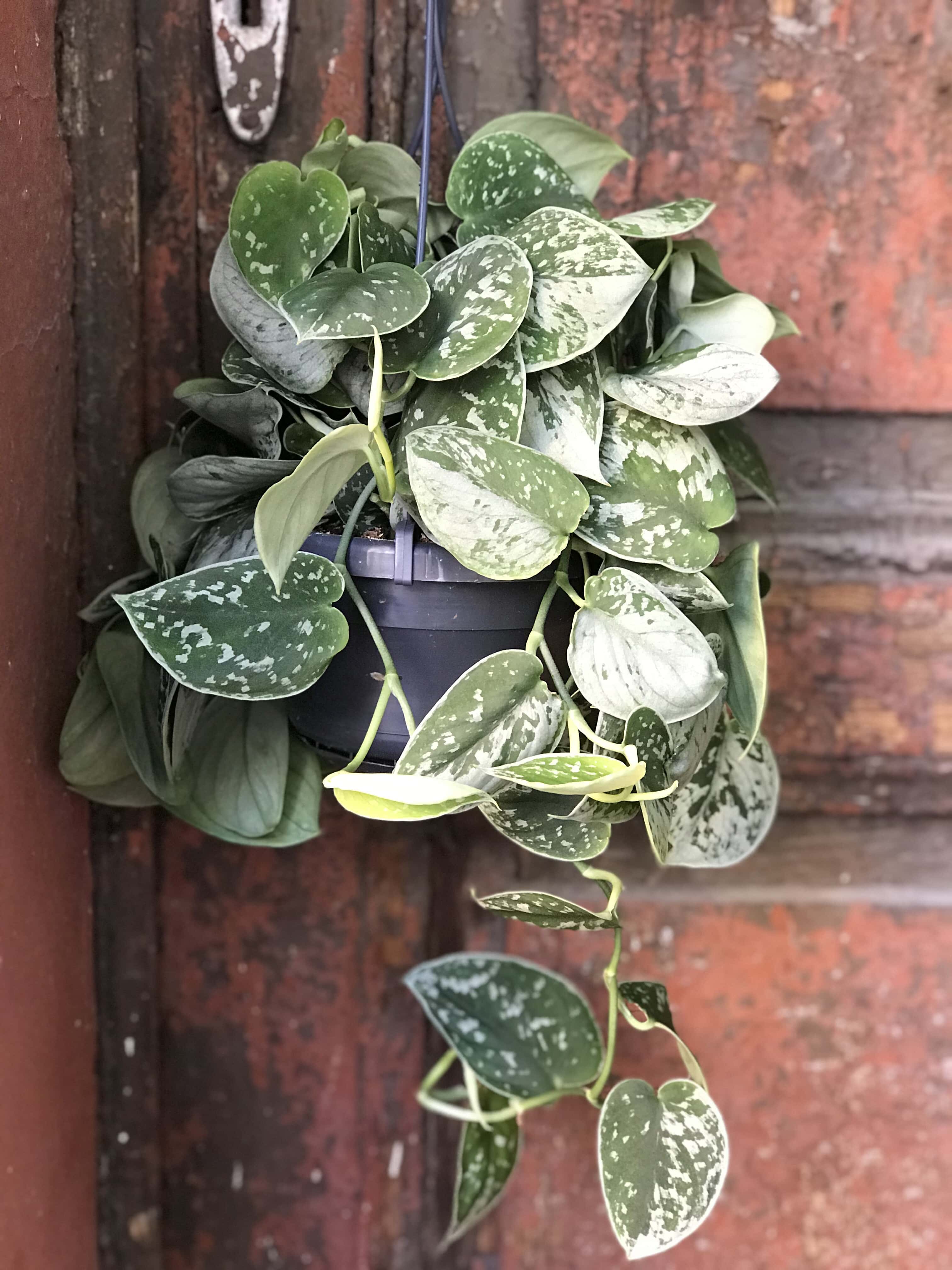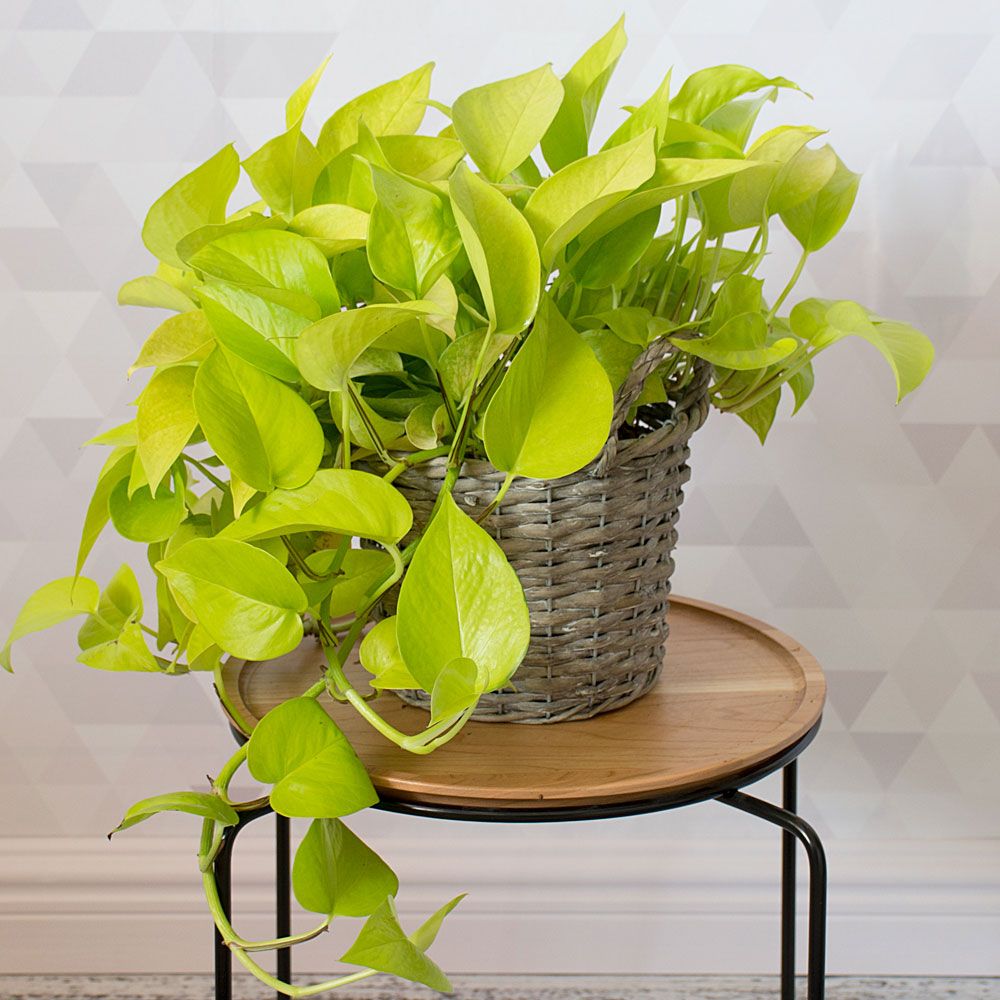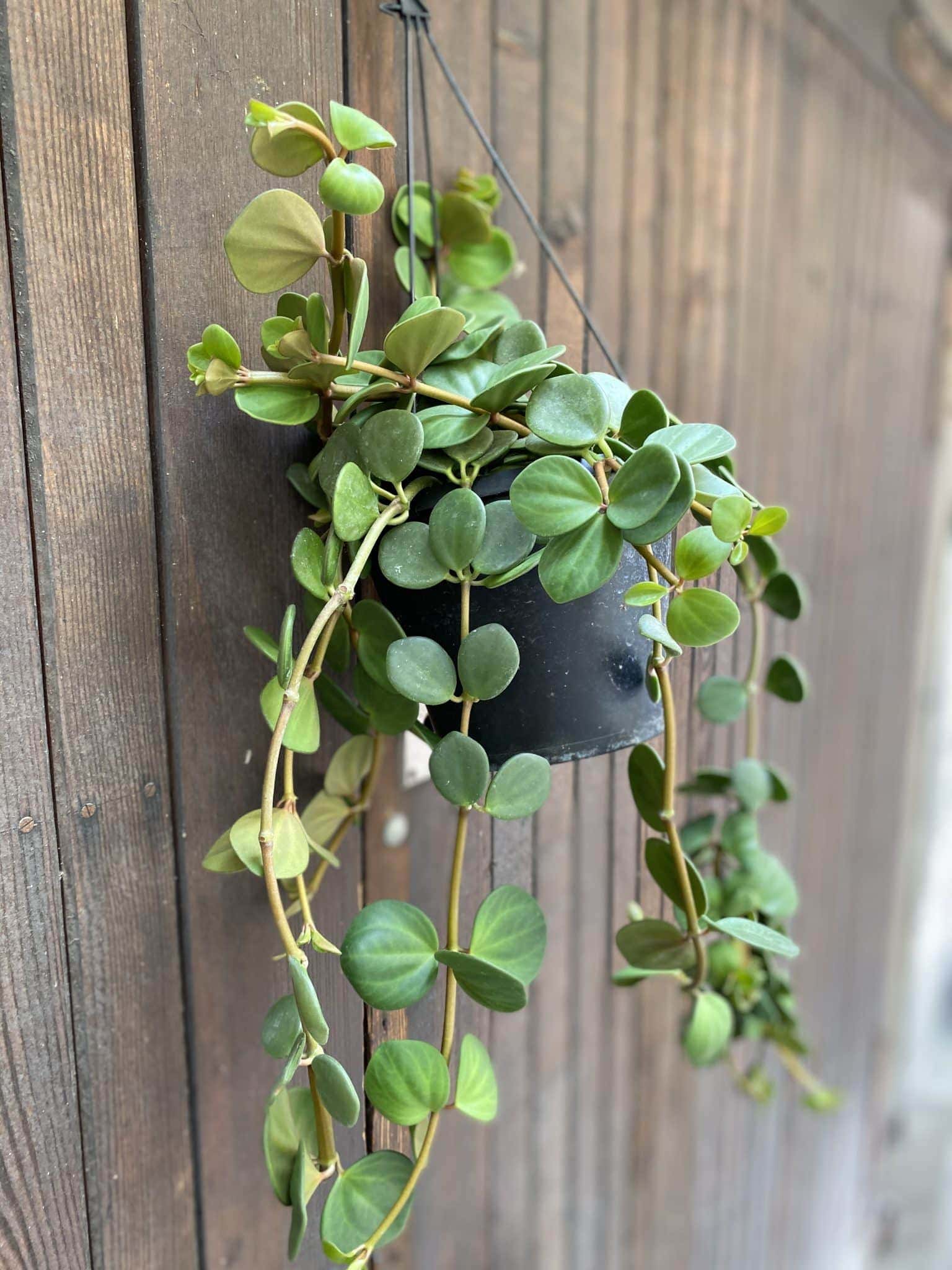
The Scindapsus Silvery Ann is a strong plant, making it extremely suitable to be used in a green plant wall as creeper. This Scindapsus type has an additional quality that is beneficial to its surroundings: its air-filtering qualities. The plant produces oxygen, improves air humidity, neutralises harmful gases and in doing so cleanses the air. Harmful gases that are present in any space, are therefore removed and this makes him such a much-loved plant.

These bright pothos are low-maintenance and easy to care for. They can adapt to a range of lighting conditions, and while they appreciate regular watering, they bounce back easily if you forget to water them every once in awhile. When grown indoors, neon pothos can grow vines up to 10 feet long, so while pruning isn’t necessary for these tropical vines, you may wish to prune the vines every once and a while to keep their size under control.

This evergreen, succulent, trailing vine is perfect for planting in hanging baskets or in pots on shelves or window sills. It is a long-lived and fast-growing plant, and the sprawling vines can hang down several feet once they are mature.The heart-shaped, fleshy, gray-green foliage has an eye-catching marbled pattern and the thin, string-like vines have a distinctive purple shade.

Peperomia ‘Hope’ is a delightful cultivar resulting from a cross between Peperomia deppeana and Peperomia quadrifolia. A member of the Piperaceae family (pepper family of plants), this perennial epiphyte has beautiful trailing stems with small, semi-succulent round leaves. Since Peperomia ‘Hope’ will remain a relatively small plant, it is great for small spaces if you don’t have room for larger houseplants.

Native to the rainforests of Central America, the big, bold Monstera deliciosa plant is also known as the "split-leaf philodendron." This eye-catching climbing evergreen is a popular, easy-to-grow houseplant, and a favorite of many interior designers for both residential and commercial spaces. Plant outdoors in the right zone at any time during the year and it will also produce tannish-cream flowers pollinated by bees and edible juicy fruit with the combined flavor of pineapple and banana. However, fruiting is not common in houseplants. This beautiful plant can be toxic to pets.